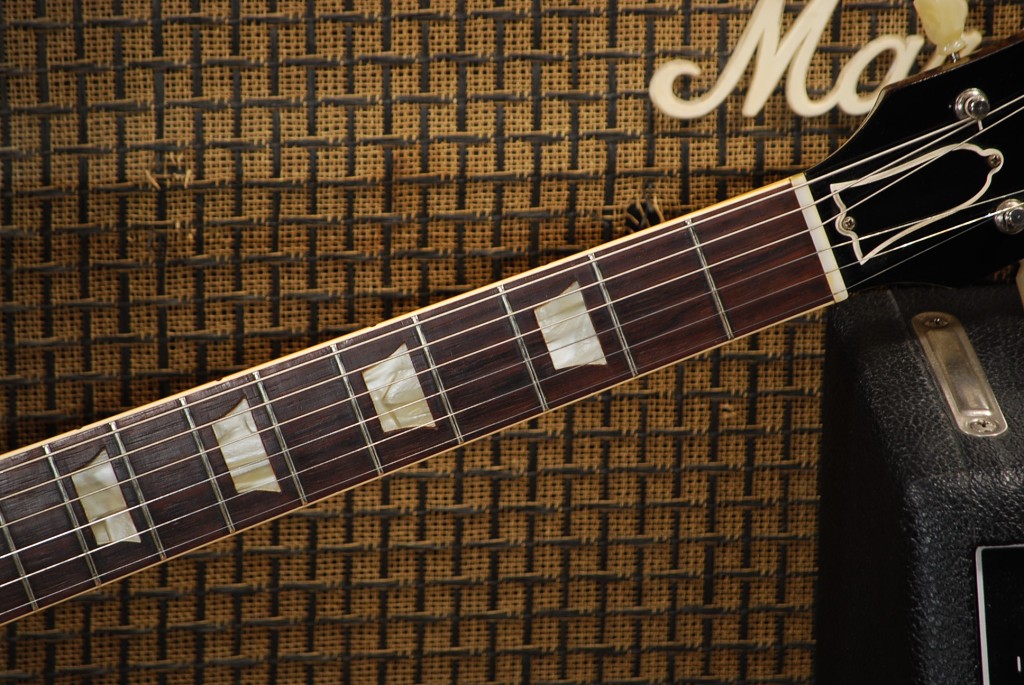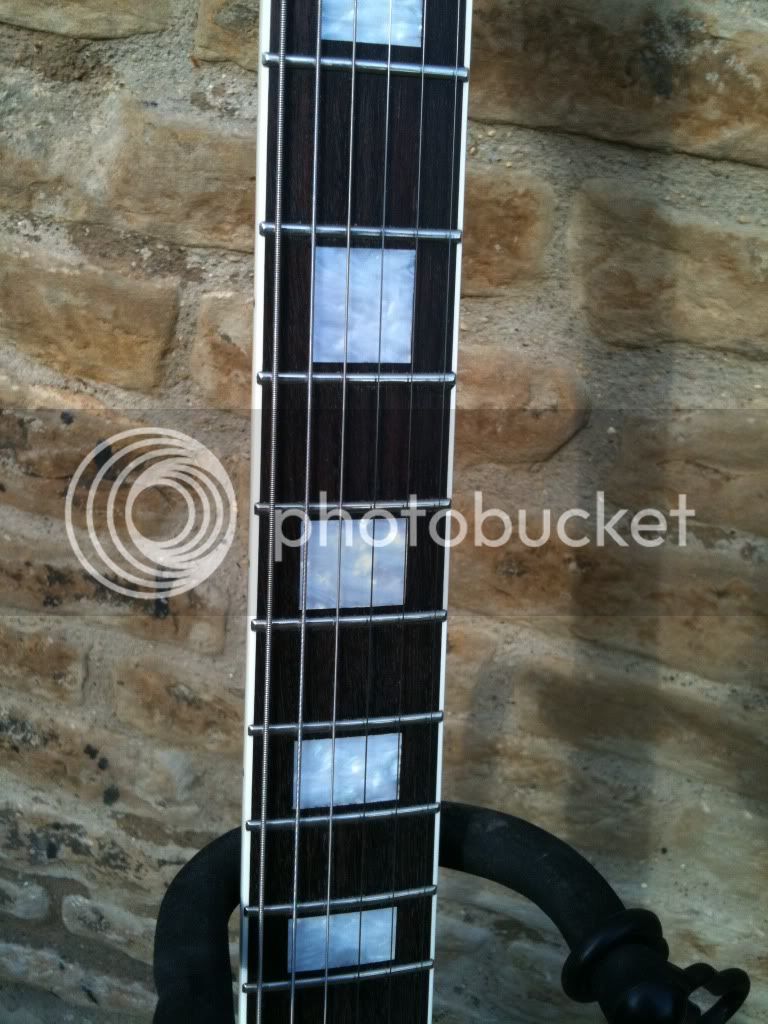Spider19
Member
Stop justifying bad inlay work by finding examples that are worse. The reason Tokai got the respect it did in the eighties was that they built guitars well when Gibson and Fender were trading on their name while building crap. It is sad that Tokai seem to be heading the same way. If a guitar costs $3000 then the standard for inlay work is....PERFECT. I have seen bang-on inlay work on guitars costing $500, surely it can be done on a guitar costing six times that amount, and anything less is cutting corners (or rather, not cutting corners and instead routing circles :wink: ). If you are trying to justify it by saying that Brutus will miss out on a great playing guitar just because it has crap inlay work you have to start asking yourself why bother with inlay work at all - let's just make nice playing guitars and paint them all flat black as though appearance doesn't matter. Part of the joy of a top end guitar is the beauty of the woods, hardware, fit and finish, and yes - the inlay work. If all we do is make excuses when it is done badly what is Tokai's incentive to improve?





